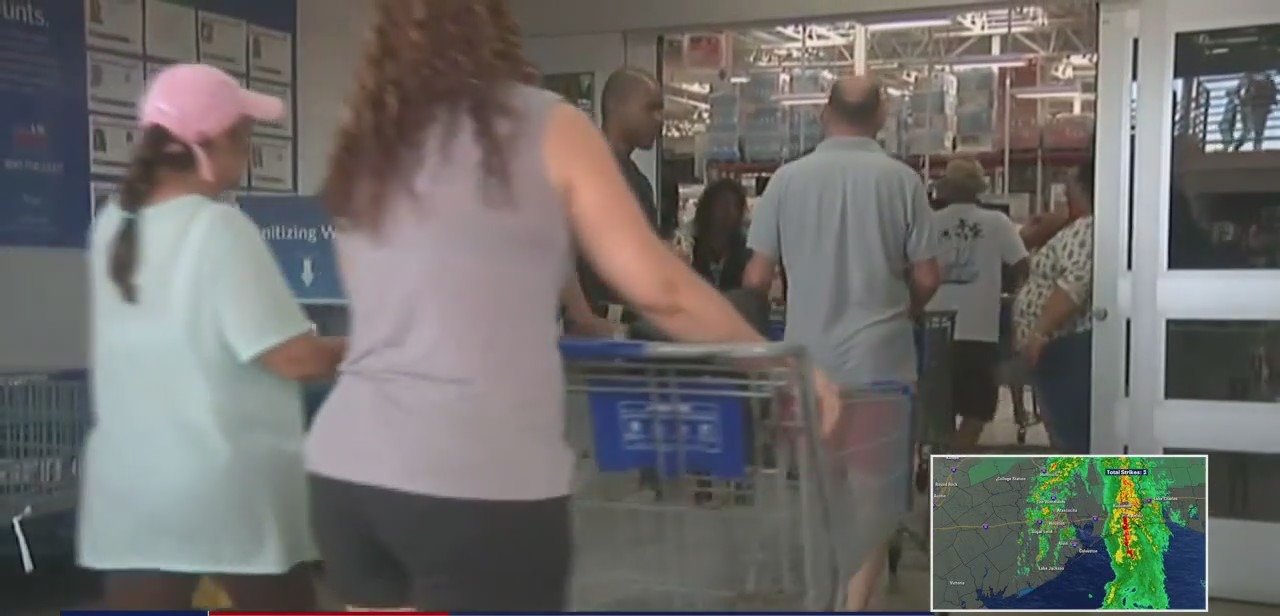Research conducted this winter has the potential to significantly benefit farmers during the summer season. The University of Minnesota is currently harnessing the power of artificial intelligence and satellite technology to assist farmers in identifying aphid infestations.
Bob Koch, an esteemed Professor of Entomology, described aphids as small, soft-bodied insects that feed on plant sap. Despite their diminutive size, a massive infestation of soybean aphids can have catastrophic consequences for fields.
Traditionally, farmers have relied on manual field inspections to assess aphid infestations, leading to time-consuming efforts in determining the need for insecticide application. However, Koch proposes a more efficient solution utilizing satellite-based remote sensing technology to obtain a comprehensive view of aphid infestations across multiple fields.
Arthur Vieira Ribeiro, affiliated with the University of Minnesota, explained the satellite imagery process, which categorizes infestation levels based on varying shades of gray. By employing artificial intelligence algorithms, the system can accurately identify the threshold for insecticide application.
The collected data is scrutinized in laboratories during the winter months, with the ultimate objective of developing a user-friendly website or application for farmers. This innovative approach could potentially revolutionize pest management strategies, offering farmers a cost-effective and time-saving solution.
Despite a decline in aphid infestations in certain regions, Minnesota continues to face significant challenges. The integration of satellite technology and artificial intelligence signifies a promising advancement that could alleviate the burden on Minnesota farmers, enhancing efficiency and productivity in agricultural practices.






